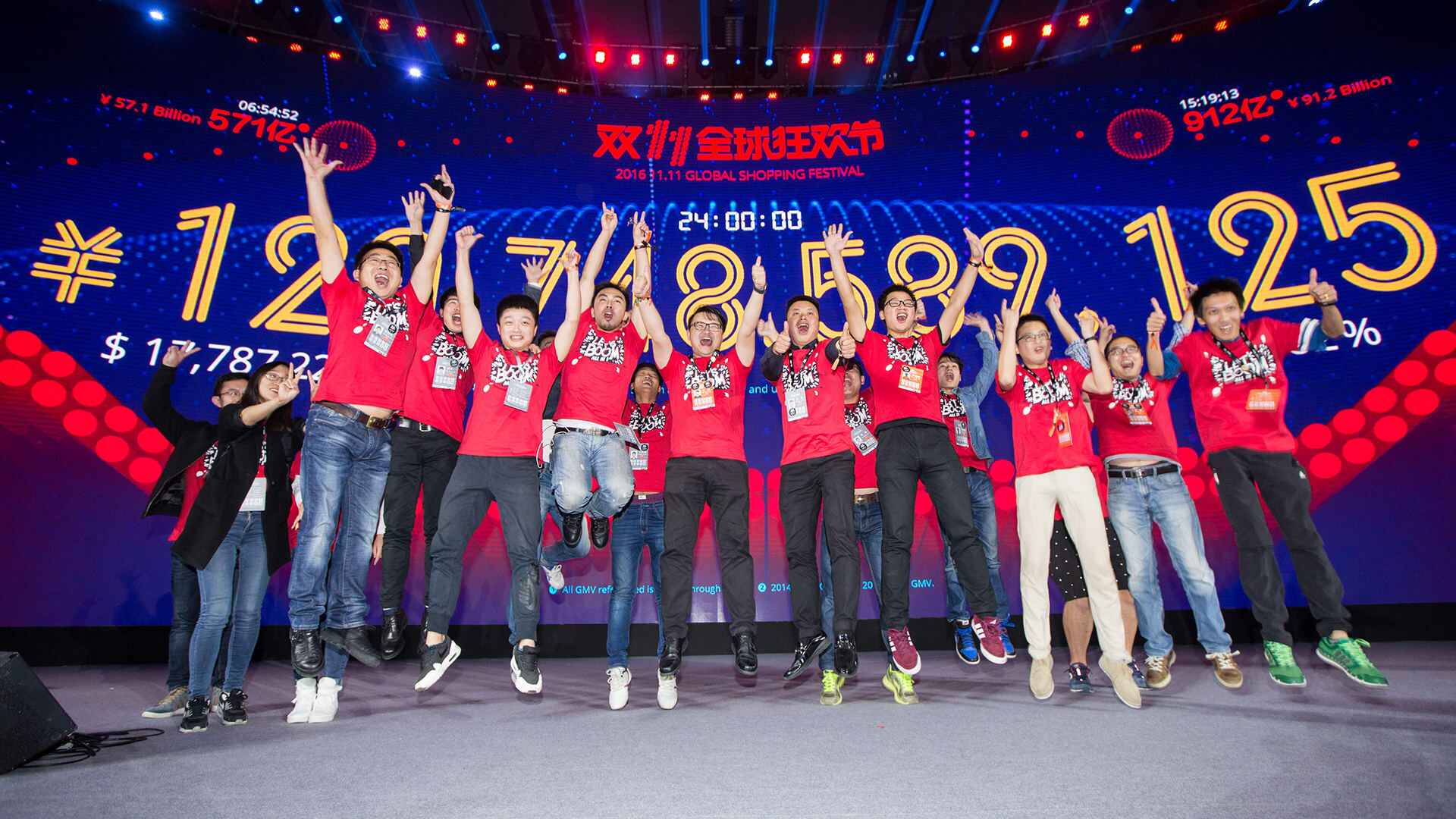How International Fashion Brands Generating Buzz in China
Which fashion brands generated the most attention on this Chinese year’s Singles’ Day?

Around 900 million Chinese spend an average of around six hours on the Internet. Which brands generate the most attention from these “netizens”?
This replies on the occasion of Singles’ Day on the basis of key figures such as brand names in discussions on social media platforms as well as comments and reviews on various websites and forums. In addition, it was examined which Chinese e-commerce platforms have the highest shares in the buzz volume. From this it can be deduced which Chinese platforms are most relevant in terms of the fashion and luxury categories.
Louis Vuitton is the number 1, with a share of the total buzz volume of 25%, taking the undisputed top position in the ranking of brands that generated the most attention during the campaign period.
In China, influencers have an even greater weight when it comes to influencing the perception of a brand than in the west. One sees time and again across all industries impressive examples of how strongly the cooperation with Chinese infuencers gives western brands more attention in China. However, it is very important to work with the right influencer. Specialized social listening tools can help here.
Louis Vuitton is followed by the Tom Ford brand, which opened its largest store worldwide in Guangzhou this October and accompanied the launch with attractive discounts on Singles’ Day. With the eyewear specialist Bolon in third place and the sporting goods manufacturer Li-Ning in fourth place, there are also two Chinese brands in the top 5. The German sportswear giant Adidas lands in fifth place and was thus able to generate slightly more attention than Main competitor Nike.
New Platforms Catching Up
Of the platforms, Tmall and Taobao have the highest share of the buzz volume with 65%. This is unsurprising as mother Alibaba Group launched Singles’ Day as an online shopping holiday. With a share of 52%, Tmall.com is by far the most relevant platform for fashion and luxury brands, followed by JD.com with around 26%. As a newcomer to the fashion and luxury sector, Suning, formerly specialized in consumer electronics, was also able to attract around 7% of the BUzz. The company only announced in August that it would also sell luxury items online in the future.
China’s huge platform landscape is growing continuously and we will certainly see some changes in the next few years. It is important for western brands to identify these changes early on by tracking Chinese consumer behavior on the Internet and to use them to help Exploiting one’s own competitive advantage.
